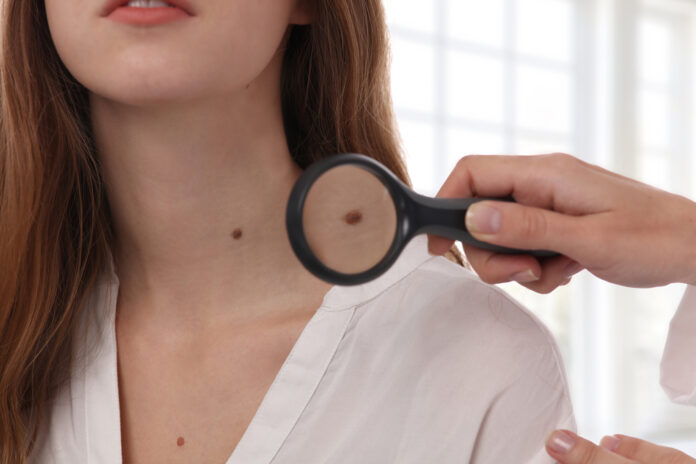You might notice unusual moles, lumps, or blemishes in your skin. This could be melanoma. This article will help you identify the signs and symptoms of melanoma.
What is Melanoma Skin Cancer and
Melanoma, a form of skin cancer, occurs when melanocytes (cells that give the skin its brown or tan color) grow out of control. Melanoma is less common than other skin cancers. Melanoma can spread more quickly to other parts of the body if it isn’t treated in time.
Do Moles Indicate Skin Cancer?
Normal moles are usually evenly colored and can be tan or brown. While some moles can be present from birth, most moles appear during childhood or early adulthood. A mole is a small, round, elongated, and permanent growth that develops over time. Some moles eventually lose their color.
Although most moles are harmless, you should be aware of any changes in their shape, size or color. This could indicate early stages of melanoma.
Signs and symptoms of Melanoma
A spot that changes in shape, size, or appearance is the most important sign of the disease. The “ugly duckling” sign is another sign. This is a spot that’s not the same as any other spots on your body.
The ABCDE rule can be used to help you identify the signs and symptoms of melanoma. If you notice any of the following signs on your skin, consult your doctor immediately.
A = Asymmetrie: Half of a mole or birthmark doesn’t match one another
Border: Edges are ragged or irregular, notched or blurred.
C = Color: This color may not be the same everywhere, and could include shades of brown or even black. Sometimes there might be pink, red or white patches.
D = Diameter: A spot that is larger than 6 millimeters in width (a pencil eraser) is considered to be more serious. But, melanoma can be smaller than that.
E = Evolution: A mole changes in its size, color and shape.
These rules may not apply to melanomas. You should also be aware of these warning signs:
- A sore that refuses healing
- Pigment spreads from the border of a spot to the surrounding skin
- Redness, or a new swelling that extends beyond the borders of the mole
- Surface changes of a mole. This could include scaliness or bleeding, oozing, and the appearance of a lump.
- A change in the sensation of skin, such as itching, tenderness or pain.
Conclusion
Early treatment of melanoma is better. Do not hesitate to tell your doctor about any skin concerns or spots.










